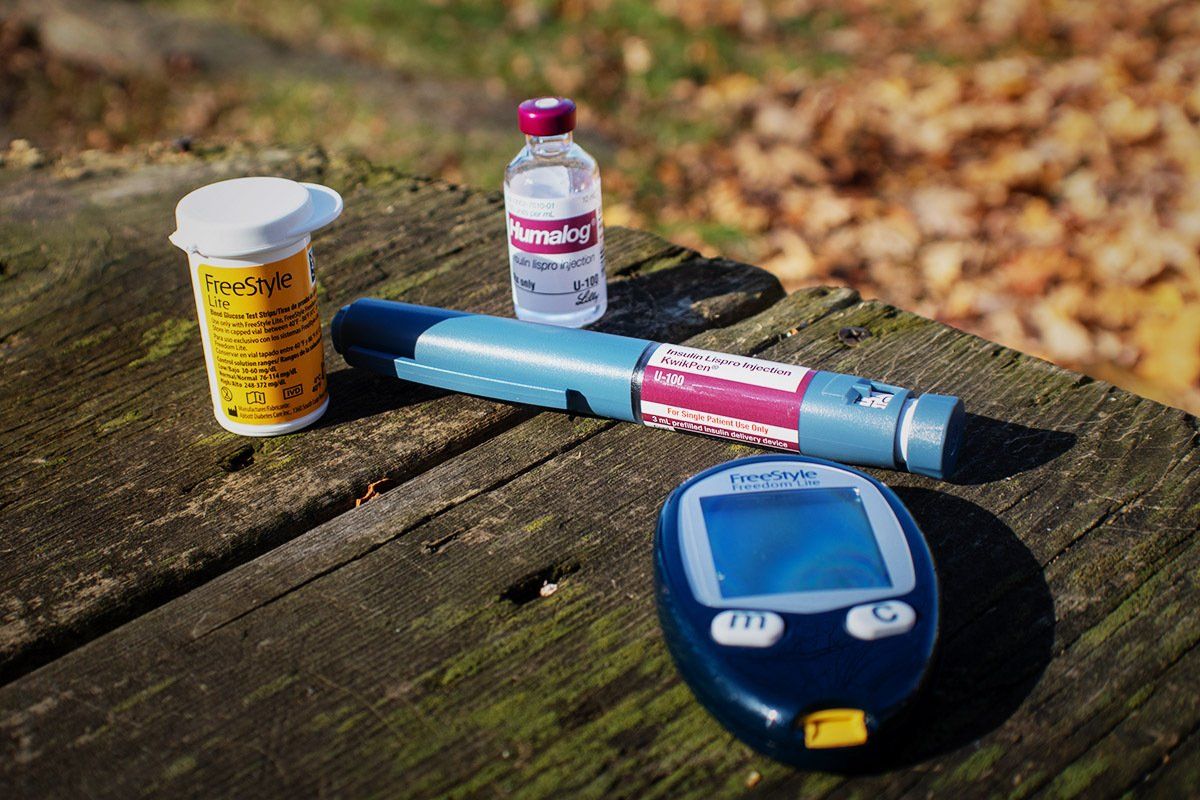Sweat is a biological fluid — like blood, saliva and urine — that contains metabolites, electrolytes, proteins and hormones. The levels of these vary depending on a person’s health. Wearable sweat sensors have been developed to track users’ health condition and monitor the levels of these substances (known as analytes) in sweat.
Lactate is considered an important biomarker thanks to its involvement in anaerobic metabolism. The undesired accumulation of lactate in muscles can result in fatigue, so changes in the concentration of lactate in sweat can be used to monitor fatigue. At Simon Fraser University’s Additive Manufacturing Laboratory, we have developed a flexible sensor for sweat lactate.
The benefit of using wearable sweat sensors is the capability for real-time, non-invasive and continuous monitoring of sweat. However, there are still challenges that must be overcome for practical biomedical applications such as diagnosis of health conditions.
Sweat challenges
One of the first hurdles in developing a reliable sweat sensor is the difficulty of collecting and routing of sweat. There are various methods for sampling sweat for sensing. One of the most representative approaches for collecting sweat is using microfluidic systems with channels that deliver sweat.
Absorbent materials like cloth can also be used for sweat sampling for sensing. However, sampling sweat takes time, and how to handle the sweat sample and supply it in the sensing region in a continuous and stable manner remains a challenge for real-time measurement through continuous sensing of freshly generated sweat.
One of the most recent demonstrations used an integrated microfluidic system with thermo-responsive hydrogels. This system demonstrated significant potential for programmable control of sweat routing and sensing, which will improve the sweat handling for future sweat sensors.
Secondly, there is no single representative analyte in sweat. Sweat sensors can detect analytes such as ammonia, ethanol , ions, glucose, lactate, sweat chloride, pH, urea and creatinine, but there isn’t a single analyte that can independently provide a significant picture of an individual’s health. This means that sweat sensors must be able to measure many different substances in sweat to provide a useful report.
There are several sweat sensor products coming to market that measure analytes like the protein cytokine and glucose and lactate.
A third challenge is the reliability and accuracy of sweat sensors. If we measure the level of a target analyte from sweat, can we determine how reliable the result is in terms of judging the level of the same analyte in subject’s blood?
We still need to determine the relationship between levels of analyte in sweat and blood , and the relationship between sweats from different parts of body. This recent study demonstrated that sweat bio-sensing can provide blood-correlated ethanol concentration data, which gives us hope that it may be possible to find blood-correlated concentrations for other analytes as well.


Powerful solutions
Users can specifically monitor targeted analytes in real-time by non-invasive sweat sensing. This can save time, energy and resources by helping people avoid painful and inconvenient invasive tests, improving health and living standards, and receiving medical assistance in a timely manner.
Wearable sweat sensors are a powerful solution for monitoring daily health, and could support the prevention, diagnosis, treatment and prognosis of diseases. Technological applications may come earlier than we expected through close collaboration between clinical doctors, scientists and engineers.
This article by Woo Soo Kim , Associate Professor, Mechatronic Systems Engineering, Simon Fraser University and Taeil Kim , Postdoctoral fellow, Applied Sciences, Simon Fraser University , is republished from The Conversation under a Creative Commons license. Read the original article.
All Rights Reserved | thetechnetwork.io
All Rights Reserved | thetechnetwork.io





